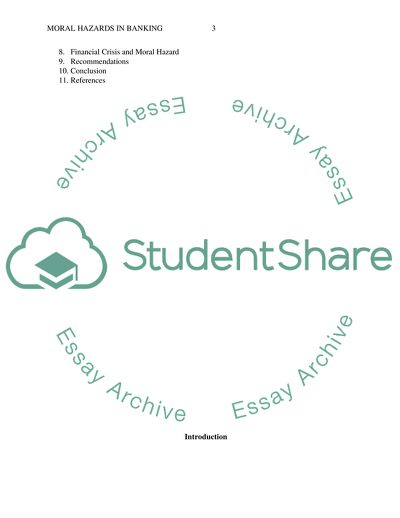Cite this document
(Moral hazard in banking industry Case Study Example | Topics and Well Written Essays - 2500 words, n.d.)
Moral hazard in banking industry Case Study Example | Topics and Well Written Essays - 2500 words. https://studentshare.org/finance-accounting/1854213-moral-hazard-in-banking-industry
Moral hazard in banking industry Case Study Example | Topics and Well Written Essays - 2500 words. https://studentshare.org/finance-accounting/1854213-moral-hazard-in-banking-industry
(Moral Hazard in Banking Industry Case Study Example | Topics and Well Written Essays - 2500 Words)
Moral Hazard in Banking Industry Case Study Example | Topics and Well Written Essays - 2500 Words. https://studentshare.org/finance-accounting/1854213-moral-hazard-in-banking-industry.
Moral Hazard in Banking Industry Case Study Example | Topics and Well Written Essays - 2500 Words. https://studentshare.org/finance-accounting/1854213-moral-hazard-in-banking-industry.
“Moral Hazard in Banking Industry Case Study Example | Topics and Well Written Essays - 2500 Words”. https://studentshare.org/finance-accounting/1854213-moral-hazard-in-banking-industry.


